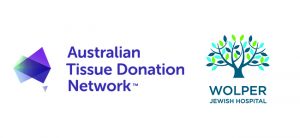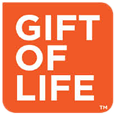If you are between the ages of 18-35 then you are in the ideal age bracket to become a donor.
Information for Donors
How Donation Works:
In order to become a donor, you will be asked some basic eligibility questions and you will need to provide a a saliva sample using a cheek swab.
You will then be placed on the donor registry. If you are a match with a patient in need, you will be contacted and if you agree you will either – in the majority of cases – donate your peripheral blood stem cells (PBSC) by way of a blood donation. In certain instances, a bone marrow donation may be required. This is done as follows:
- PBSC is donated in a similar way to blood and is done in specialised hospitals in major cities around Australia. It is an outpatient procedure so you will not be required to stay overnight. This is the most common method and applies in over 90% of cases.
- If you are a bone marrow match you will be asked to donate bone marrow from your hip done under general anaesthetic. This is a routine procedure and only required in about 10% of cases
What makes a good donor?
When looking for a donor the ABMDR look at the following criteria to ensure they have a donor match:
- Tissue Type – the HLAs, proteins on the surface of your white blood cells and other tissues in your body, are used to determine your tissue type. HLA contains 5 genes, for each of these genes you have two different versions, one from each of your parents, and these are called ‘alleles’. Each allele provides you with 10 possible ways you can be a donor match. A best possible match is a 10/10 match
- Cytomegalovirus CMV – All donors and recipients are tested for this common virus. A match will have the same cmv status, either both being positive or negative
- Donor age – research shows that transplants from younger donors are more successful however often a recipient does not have that option and a donor match is the overriding requirement.

